Day 1 :
Keynote Forum
Spyros Kollias
University of Zurich, Switzerland
Keynote: Metastatic disease of the brain
Time : 10:00-10:40
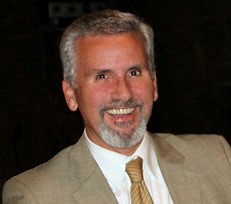
Biography:
Dr. Spyridon Kollias is Professor of Radiology with specialization in Neuroradiology at the University of Zurich, Switzerland and Chief of the MRI section at the Department of Neuroradiology. He was trained in Radiology at the University of Athens, Greece from 1986-1990 and in neuroradiology in the US from 1990-1993. He authored more than 350 peer-reviewed publications, reviews, letters and book chapters and he is co-editor of three books in the field of high resolution medical imaging (recent impact points of publications: 861, citations: 7495, h-index: 49). He serves at the editorial board and reviews for several scientific journals and funding organizations. His main interest is in multimodal Neuroimaging and the applications of advanced magnetic resonance (MR) imaging technology in the diagnosis of neurologic diseases.
Abstract:
Keynote Forum
Raghu Vemuganti
University of Wisconsin-Madison, USA
Keynote: Role of epigenetics in cerebral ischemic brain damage
Time : 10:40-11:20

Biography:
Abstract:
Keynote Forum
Patricia A. Quigley
Nurse Consultant LLC, USA
Keynote: Redesigning fall and fall injury prevention strategies for stroke patients
Time : 10:00-11:00
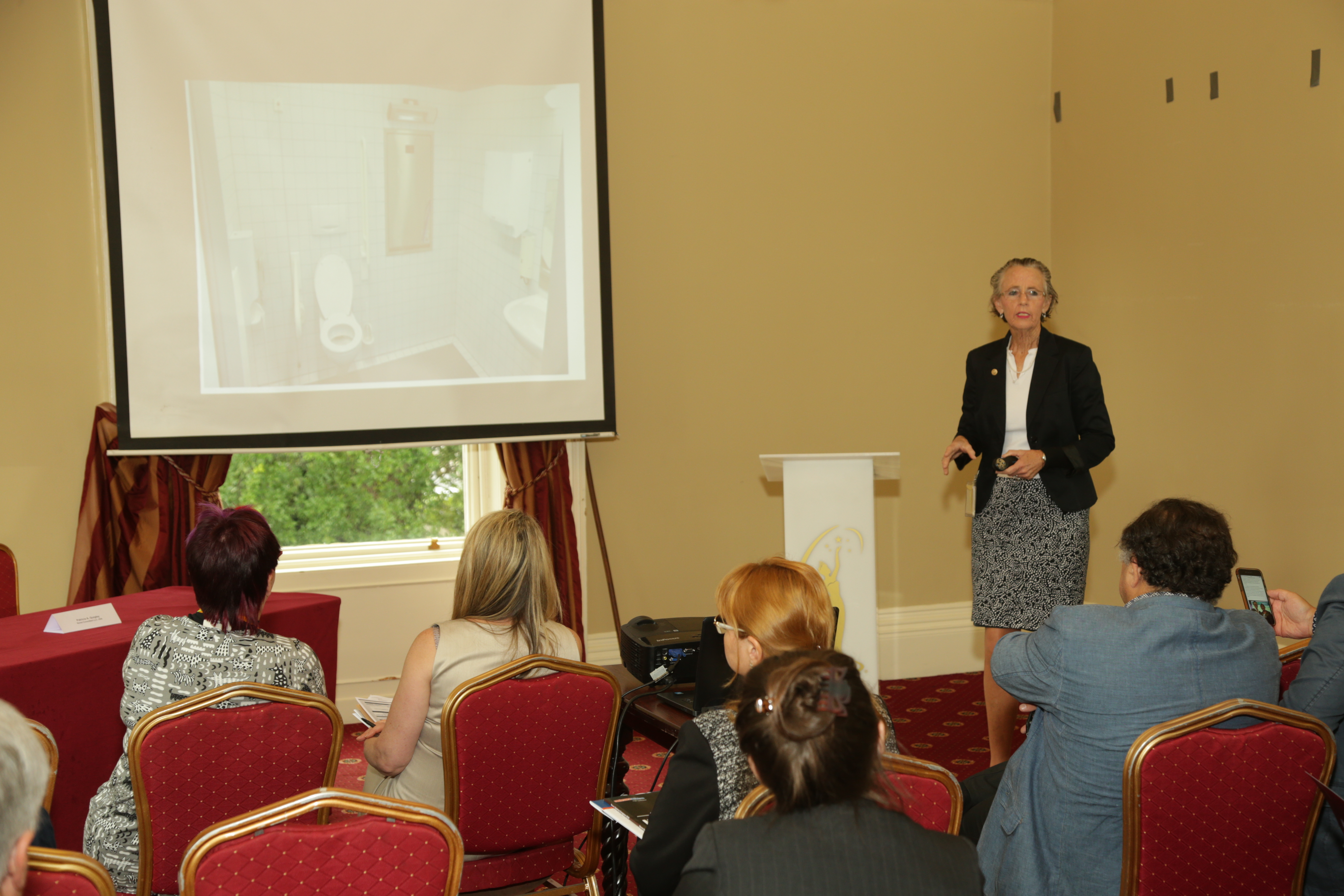
Biography:
Dr. Patricia Quigley, PhD, ARNP, CRRN, FAAN, FAANP, Nurse Consultant, both a Clinical Nurse Specialist and a Nurse Practitioner in Rehabilitation. Her contributions to patient safety, nursing and rehabilitation are evident at a national and international level – with emphasis on clinical practice innovations designed to promote elders’ independence and safety. For over 40 years, Dr. Quigley has practice in the field of rehabilitation nursing, 32.5 years with the Veterans Administration. Her leadership resulted in redesign measurement of patient safety indicators for falls and fall injuries that link organizational unit and patient-level variables that are relevant and evidencebased. She has conducted large-scale studies to examine trends and cost savings on national interventions to reduce harm from falls. Dr. Quigley has served as principal or co-investigator in 35 research studies, totaling over $7.5 million. She has a track record of interdisciplinary research with health economists, epidemiologists, and statisticians for population-based outcomes research. She has co-authored and served as associate director for 11 VISN 8 Patient Safety Center of Inquiry center grants from 1999-2016, totaling over $13 million. She has authored, co-authored over 60 peer-reviewed manuscripts and over 50 non-peer reviewed manuscripts, book chapters, products and media works. She provides on going consultation to the nursing staff, quality management, and patient safety coordinators for management of complex patients at risk for falls.
Email:pquigley1@tampabay.rr.com
Abstract:
Falls and fall-related injuries remain a frequent complication of strokes. Fall and injury prevention based on fall risk scores and level of fall risk, such as low, moderate or high, is insufficient, requiring that clinicians redesign fall prevention programs based on patient’s individualized fall and injury risk factors. Accepting that stroke is one of the leading causes of disability world-wide, all efforts should be made to protect these patients from falls and fall-related injuries. It is well known that falls result in fear of falling, greater disability and even loss of life. While the evidence for stroke-specific fall prevention interventions is still emerging, clinical experts must rely on clinical expert knowledge to conduct stroke-specific fall risk assessment needed to individualize fall prevention plans of care, while assuring injury risk and prevention strategies are included. This population-based approach presented in this lecture redesigns traditional universal programs in order to enhance infrastructure and capacity to individualized fall and injury risk factors and history, and protection from injury should a fall occur. Increased attention is essential to protect stroke patients from fall-related injuries. Clinical expertise is essential for safe practices for these patients. Equipment use specifically designed to reduce trauma during a fall, such as hip protectors and floor mats, must be reliably integrated into patient care. Even though acute care units have diverse patients, known fall and injury risk factors specific to type and severity of stroke must be implemented and tested for effectiveness.
Keynote Forum
Char-Nie Chen
Chinese University of Hong Kong, Hong Kong
Keynote: Novel ideas in sleep medicine
Time : 11:20-12:00

Biography:
Char-Nie Chen has completed his Graduation in Medicine from the National Taiwan University (NTU). He is trained in Psychiatry at NTU and St. George’s Hospital Medical School, London (SGHMS), UK. He completed his MSc in Department of Physiology, University College London. He was a Lecturer and Senior Lecturer in Psychiatry at SGHMS and; Founding Professor of Psychiatry, Faculty of Medicine, Chinese University of Hong Kong (CUHK) from 1981 to 1998. His professional orientation is in Psychosomatic Medicine, and he has worked on eating disorders, sleep disorders, mood disorders, substance use disorders as well as psychiatric problems in PLHIV/ AIDS. Currently, he is a Clinical Professor of Psychiatry at CUHK and a Specialist in Psychiatry in Hong Kong. He is a Fellow of the Royal College of Psychiatrists, Royal Australian and New Zealand College of Psychiatrists and Past President and Honorary Fellow of the Hong Kong College of Psychiatrists.
Email:cnc@cuhk.edu.hk
Abstract:
Sleep medicine lags behind other medical disciplines because of the complexity in neurosciences, especially in discrete brain areas related to sleep-wake mechanisms. With the advancement of biotechnology and neurobiology, new ideas have emerged in sleep medicine. For example, new imaging technique has found out that the brain GABA level was reduced in un-medicated primary insomniacs. Sleep-wake cycle disturbances may be used for early diagnosis of neurocognitive disorders with aberrant tau protein, as it was found to be a cause for the damage of neurons in patients with neurocognitive disorders leading to sleep disturbance which may be used to pathological fibrillation of alpha-synuclein protein, leading to the formation of Lewy bodies, could be prevented by monoclonal antibodies against Epstein-Barr virus, or a rosmarinic acid or cuminaldehyde. The possible biomarker of rapid-eyemovement sleep behaviour disorder (RSBD) may help in earlier diagnosis and treatment for Parkinson’s disease. This point towards a direction for future treatment of alpha-synucleinopathies including Parkinson’s Disease and their sleep problems. The central pathology may give a new direction of management for patients with Alzheimer’s disease or others with tauopathy.
Keynote Forum
Natallia Halinouskaya
Gomel State Medical University, Belarus
Keynote: Status of autonomic nervous system in patients with transient ischemic attack and stroke
Time : 12:00-12:30
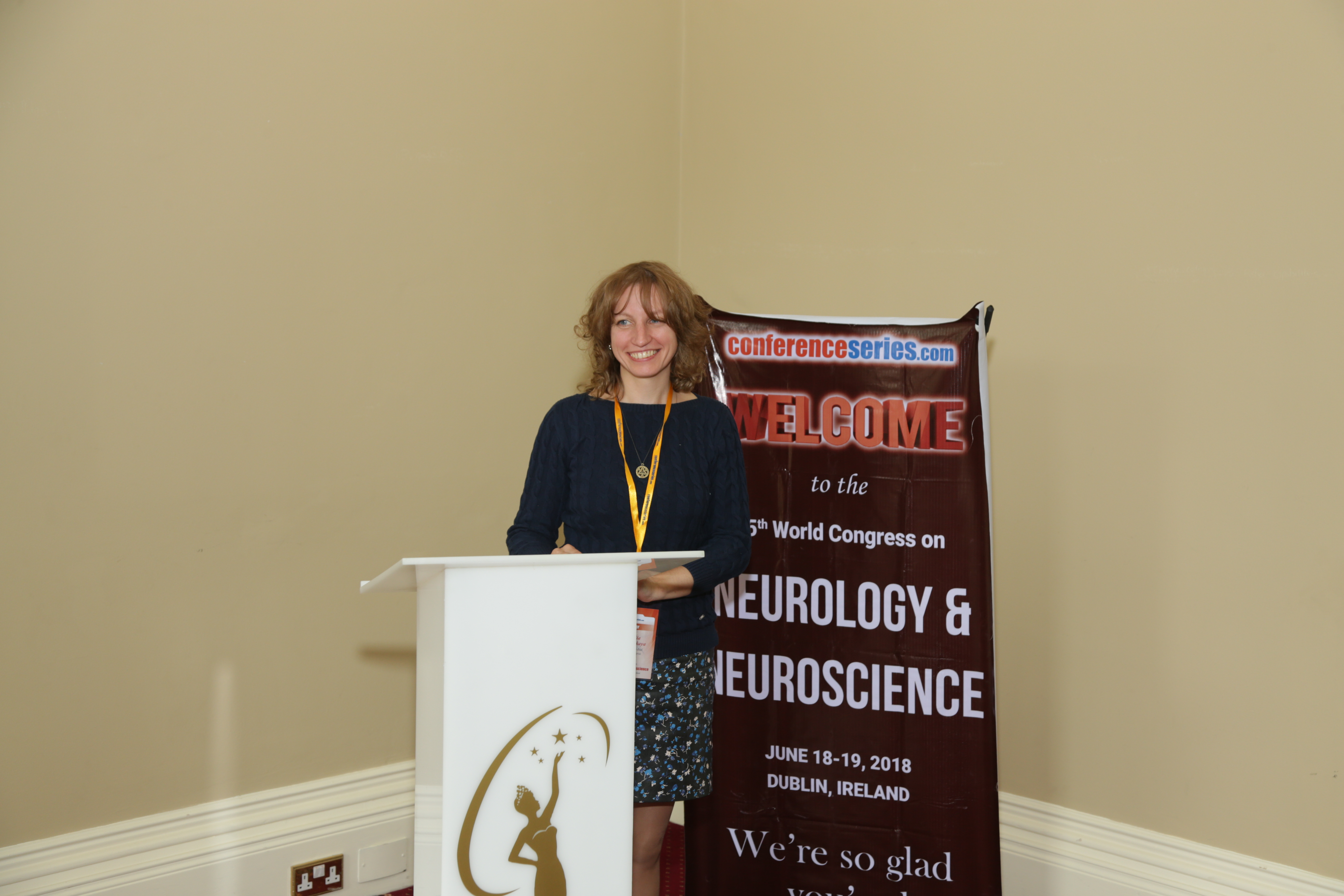
Biography:
Natallia Halinouskaya has completed her PhD at the National Academy of Sciences of Belarus and Postdoctoral studies at Gomel State Medical University and National Science and Practice Centre of Medical Assessment and Rehabilitation. She is the Dean of the Postgraduate Faculty at Gomel State Medical University, the Coordinator of the Educational Program Today and Tomorrow for stroke patients and patients with stroke risk factors. She has published more than 150 papers in reputed journals and has been serving as an Editorial Board Member of reputed journals.
Email:stroke.ynt@tut.by
Abstract:
Aim: This study purpose was to determine the autonomic nervous system (ANS) parameters that may differ the pathogenesis of transient ischemic attack (TIA) from stroke. Methodology: A prospective cohort study was conducted in the Department of Neurology and Neurosurgery at the Gomel State Medical University, Stroke Unit of the Gomel Regional Veterans Hospital, between May 2014 and March 2016 which includes 97 patients: TIA group - 13 patients and 84 stroke patients: 61 having size of stroke lower than 15 mm (lacunar stroke – LS), 23 having size of stroke greater than 15 mm (total stroke – TS). Heart rate variability (HRV) was used to describe status of the ANS. It was measured at 1st and 10th day after admission. Obtained HRV records were analyzed using the following four parameters: SDNN (standard deviation of the normal-to-normal R-R intervals, in ms), ΔX (the difference between maximal and minimal R-R interval, in ms), Mo (mode of the duration of R-R intervals, in ms), AMo (amplitude of the R-R intervals mode, in percent). Results: For the HRV taken on the 1st day, the dependence between ΔX (representing activity of parasympathetic part of ANS) and Mo (representing sympathetic part of ANS) was found to be significantly different for TIA and TS groups (p=0.016). Conclusion: The key difference between TIA and TS is a difference in the relationship between the humoral regulation of the activities of the ANS and the parasympathetic part activity at 1st day, which determines specific features of pathogenesis of the transient ischemia.
Keynote Forum
Gabriele Saretzki
University of Newcastle upon Tyne, UK
Keynote: Telomerase activators improve motor function and protein degradation in a mouse model of Parkinson′s disease
Time : 12:30-13:00

Biography:
Gabriele Saretzki has completed her PhD at Humboldt University, Berlin and performed most of her Postdoctoral studies at the Institute for Ageing and Health in Newcastle upon Tyne (UK) where she is a Lecturer in Ageing Research since 2002. Her main research interests include “Telomeres, telomerase, senescence, ageing, oxidative stress and mitochondria”. She has pioneered work on non-canonical functions of the telomerase protein TERT shifting her focus recently to brain ageing and neurodegenerative diseases. She has published more than 84 papers in peer-reviewed journals and is an Editorial Board Member of BMC Biology, PLOS One and Oxidative Medicine and Cellular longevity.
Email:gabriele.saretzki@ncl.ac.uk
Abstract:
While telomerase maintains telomeres in dividing cells, its protein component TERT (telomerase reverse transcriptase) has various non-canonical functions such as localisation to mitochondria resulting in decreased oxidative stress, apoptosis and DNA damage. TERT protein persist in adult neurons while telomerase activity is downregulated early during development. We recently demonstrated increased mitochondrial TERT protein in hippocampal neurons from Alzheimer’s disease brains and mutual exclusion of pathological tau and TERT. Transduction of mutated tau into cultivated neurons confirmed that TERT decreases mitochondrial oxidative stress and lipid oxidation. Mitochondrial dysfunction is also involved in the development of other neurodegenerative diseases. Treatment of Parkinson’s disease (PD) model mice overexpressing human wild-type alpha-synuclein with 2 telomerase activators resulted in increased TERT expression in brain and amelioration of PD symptoms by significantly improving balance, gait and motor function as well as mitochondrial function. Analysing levels of total and phosphorylated alpha-synuclein we found a substantial decrease of both proteins in the hippocampus and neocortex suggesting a better protein degradation after telomerase activator treatment. Interaction of TERT with proteasomal and autophagy pathways has been described recently. Accordingly, we found a decrease in poly-ubiquitinated proteins and the autophagy receptor p62 and analyse the involvement of these degradation pathways currently. We also present data on DNA damage, telomere-associated foci (TAFs), BDNF, MnSOD, mitochondrial proteins and aggregated alpha synuclein in different brain regions. Thus, our results suggest that telomerase activators might form novel treatment options for better degradation of toxic proteins in neurodegenerative diseases such as PD and AD.
Keynote Forum
Hebah Hefzy
Henry Ford Hospital, USA
Keynote: Intravenous thrombolysis - Expanding the indictions
Time : 14:10-14:40
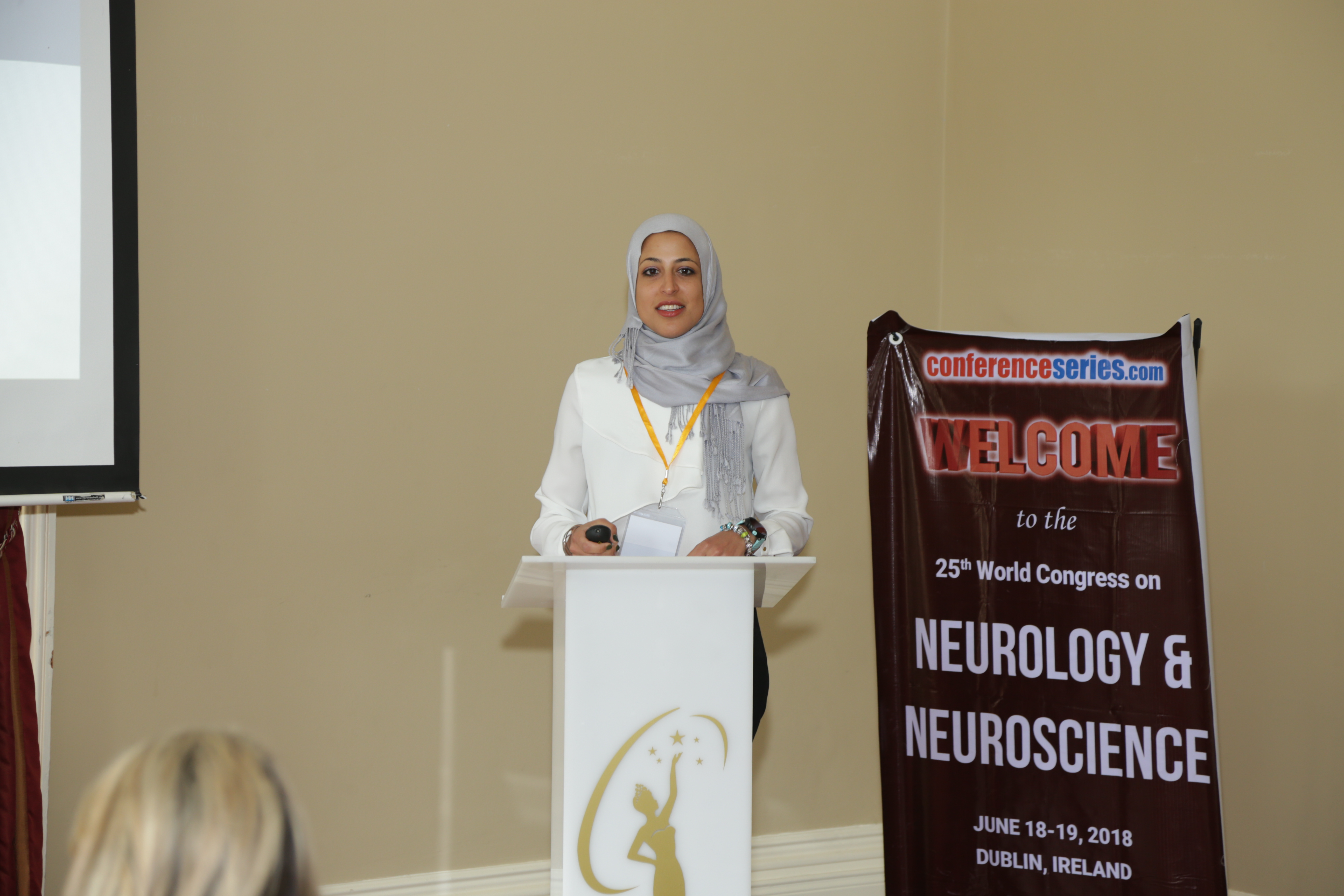
Biography:
Hebah Hefzy has completed her Medical Doctorate from North-eastern Ohio Medical University in 2005, Residency in Neurology at the University of Pittsburgh Medical Center, and a fellowship in Vascular Neurology at Henry Ford Hospital. She is the Medical Director of the Stroke Program at Henry Ford West Bloomfield Hospital. She has published several papers in reputed journals and has been active in clinical trials and other research activities.
Email:hhefzy1@hfhs.org
Abstract:
Intravenous thrombolysis (IV tPA) has been the standard of care for acute stroke patients presenting within 3 hours of symptom discovery for over 20 years. Over the years, there are many more clinical scenarios in which IV tPA has proven to be beneficial to patients. This presentation will highlight these indications.
- Speaker Session
Location: St. Gallen II
Session Introduction
Jennifer Brown
Hillfield Pediatric Dentistry, USA
Title: The components of the adolescent brain and its unique sensitivity to sexually explicit material
Time : 11:40-12:10

Biography:
Abstract:
Wilma Delphine Silvia CR
Akash Institute of Medical Sciences and Research Centre, India
Title: Evaluation of stress among medical students during examination using Artificial Intelligence based Graphology and its correlation with salivary cortisol

Biography:
Abstract:
Yuhong Man
The Second Hospital of Jilin University, China
Title: Vitamin B12 , homocysteine level and vascular dementia
Time : 12:40-13:10
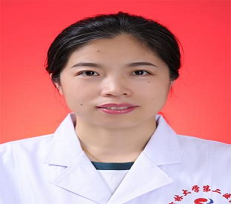
Biography:
Abstract:
Vitamin B12 , homocysteine level and vascular dementia: This study aim to investigate the relationship of vitamin B12, homocysteine level and vascular dementia. This was a retrospective study and we reviewed 162 patients with brain magnetic resonance imaging (MRI) and mini-mental state examination (MMSE) confirmed admitted patients with vascular dementia (VaD). Vitamin B12 and homocysteine level were assessed to determine their values for predicting functional outcome at the admission first and the follow-up 6 months clinic visits after discharge from the hospital. Associations between vitamin B12, homocysteine level and severity of VaD at admission was analyzed using logistic regression. Results have shown that serum vitamin B12 levels were significantly lower, but the plasma homocysteine level was higher in patients with VaD. High homocysteine levels were independently associated with a decreased risk of MMSE at admission score of VaD (OR 2.87, 95% CI 1.13, 4.63). We found that lower levels of vitamin B12 were associated with worse prognosis at admission and the follow-up 6 months with VaD(OR 3.40, 95% CI 1.16,8.33). Our findings suggested that higher homocysteine levels and lower levels of vitamin B12 was associated with better outcome at admission and the follow-up 6 months with VaD.
Joao Alexandre Lobo Marques
University of Saint Joseph, China
Title: Nonlinear analysis of attention and relaxation time series using single channel EEG during web video advertisements based on entropy measures
Time : 14:50-15:20
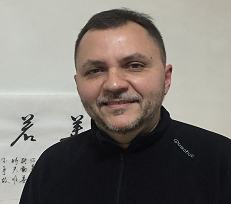
Biography:
Abstract:
Bankole N D A
Specialty Hospital of Rabat, Morocco
Title: Unsual sites small cell osteosarcoma about parietal region and classique osteosarcoma occipital mimiking meningioma-cases report
Time : 15:20-15:50

Biography:
Abstract:

